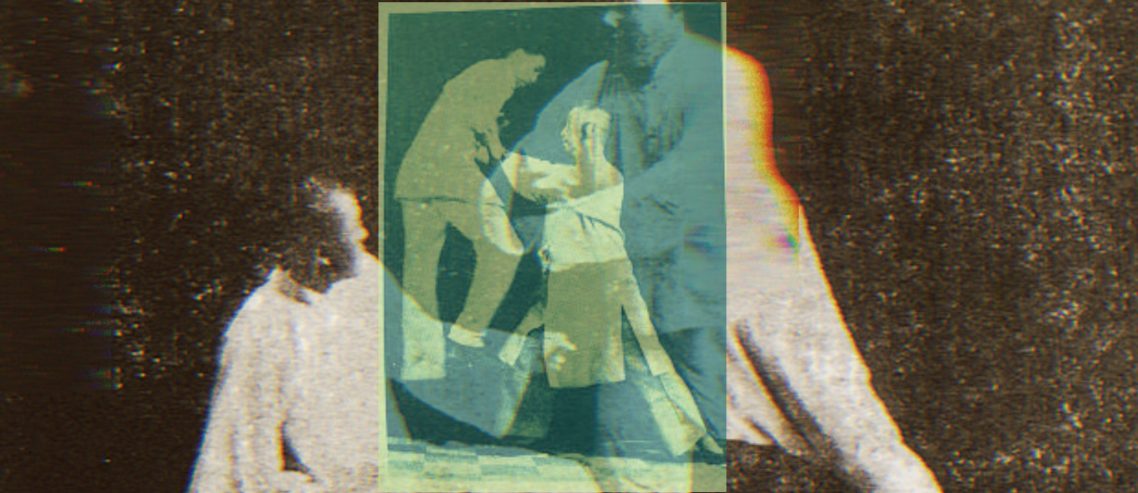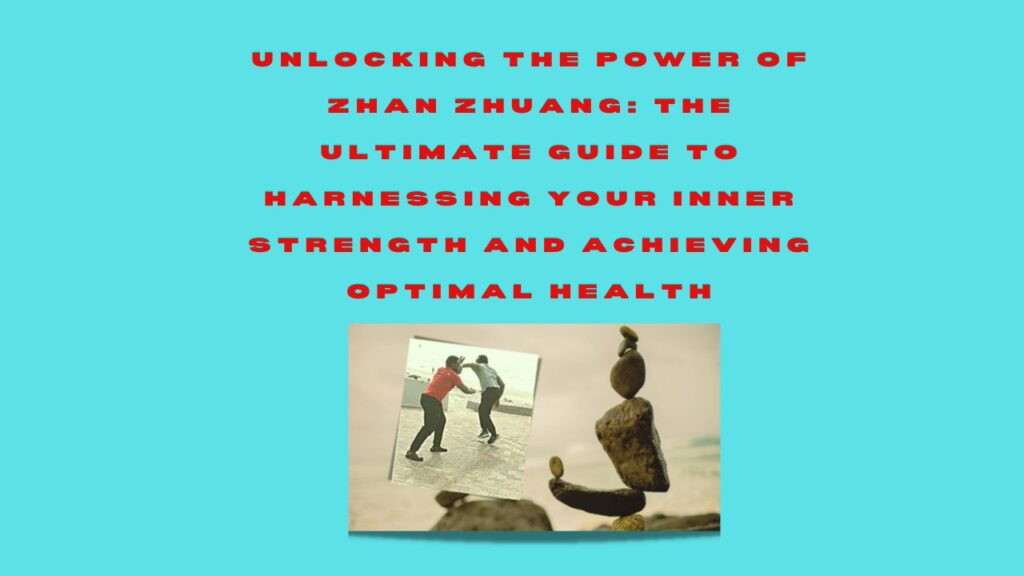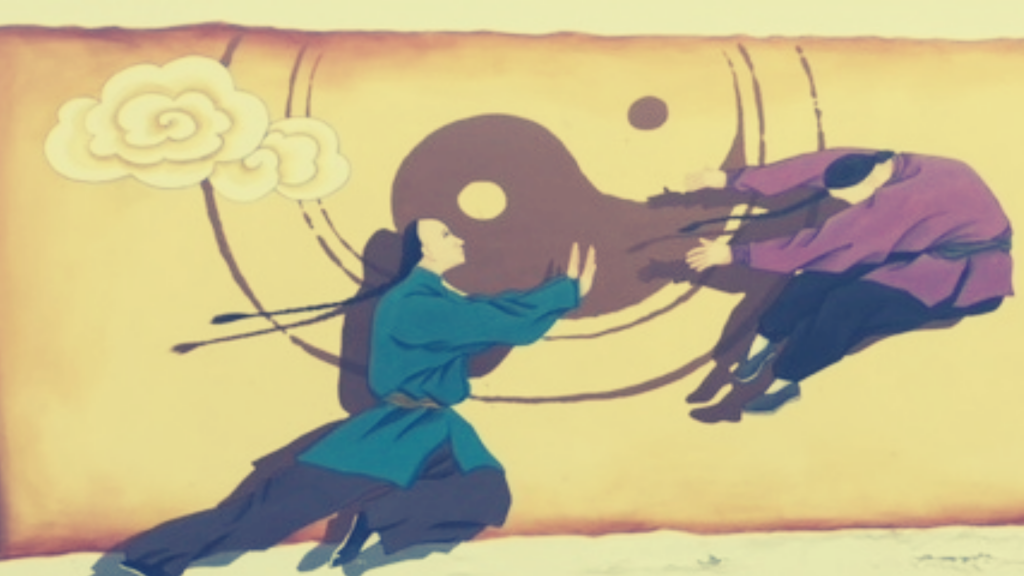Yang Cheng Fu’s Ten Essences Decoded
YANG CHENG FU’S TEN ESSENCES DECODED
Yang Cheng Fu summarised the Tai Chi Chuan classics with his ten essences.
The ten essences focus on the fundamentals.
In this blog post, I will decode the ten essences. The problem is translation, many books on internal martial arts or martial arts when translated to English do not convey what is meant.
Also, only the initiated practitioners through practice and self-discovery understand or began to understand the words in the ten essences. Through the guidance of an authentic shifu/sifu (master).
Nonetheless, this post should assist the serious Tai Chi Chuan practitioner, please kindly note it will not ease the pain of training or its frustrations that are essential for progress. It is simply a roadmap that you adhere and yields as you walk the path.
THE STORY OF THE HARMONIOUS FIST
- Raise the head.
What is meant here? It means the head needs to be upright and in the centre. So, the nape (back of the neck) needs to be straight, followed by the spine and head. There is a point acupoint at the crown of the head known as baihui which points to heaven (the cosmos or space). The important part is that the nape is straight not bending too forward nor back. The joints there are relaxed.
You use your intent and not force. In other words, do not tense it, feel it relax when you straighten it.
The logic here is to allow the lifting of the spirit or shen, someone that is slumped up with the nape leaning too forward, with shoulders pointed too forward, is indicating fatigue (a weak shen). And the opposite, the nape leaning too back with the chest that is sticking out will indicates tension. This causes the lower back to point out, and when someone stands like this, like a marine, they usually experience tension on the lower back.
*The main point is to make sure the nape is straight; the rest takes effect automatically.
2. Release the tension in the shoulders and elbows.
We hold on to tension, fighting gravity subconsciously, without knowing it and martials arts like Tai Chi Chuan indicate this to us. In the classics the English translations will use the word “sinking,” this simply refers to the release of tension.
The release of tension in the elbow joint will cause the elbows to be pointing down, allowing the shoulders to release the tension down and therefore allowing the nape release tension as well.
Note when they speak of “relax” in Tai Chi Chuan its usually the translation of the Mandarin word “Song/Sung” which simply means letting go of tensions in the joints. By this it refers to the ligaments, sinews, and tendons. They must not be tense, tensing them, tenses the muscles. The opposite is what gives Tai Chi Chuan practitioners the ability to redirect force by releasing one’s own tension down, with that of the opponent. The more “Sung” the more effective the fighter.
3. Raising the back and sinking the chest.
There is that word again “sinking” -the sternum or the centre point between the chests needs to drop a few millimetres below. Simply by sighing gently one feels this. But not too much, just a slight drop. This will then cause the upper back to slight raise.
This allows the Qi (pronounced Chee) to sink below to the dantien (acupoint a few centimetres below the navel). In other words, the tension held by the upper body goes down. In fighting, one who is holding on to tension on the upper body versus one who has the tension down. The fighter with the tension held up, added with the pumping adrenaline, will easily lose their balance because there will be heels be light. He/she will have no root.
4. The joints in the waist and hips need to release tension, loosen the muscles and allow the hips and waist to turn.
This allows the to dissipate the tension down to the legs and into the ground, which then causes an opposite reactionary force to rise. This is the motion or energy that flows from the feet to the tips of the fingers.
5. From the turning of the waist and hips, one can understand full and empty-weight distribution. The release of tension down will give a feeling of rooting or grounding.
And as one moves in the form (Tai Chi Chuan form) or simply stands (Zhan Zhuang) one will feel this rooting feeling. The legs support the upper body and with the turning, the weight distribution changes. Any holding on to tension may cause imbalance also known as “being double weighted.”
Connect the upper body with the lower body.
6. Adhering and yielding to the first five essences, will allow this connection.
The lower body governs the upper, so one must keep the intent on below and not on what is happening up top. To all continuous momentum or motion from down to up. Or up back down.
7. Connection of the upper and lower.
When doing the form, the releasing of the tension i.e., sinking, generates the upward momentum, which is what generates the movement.
8. The unification of the mind/intent with the body.
With the practice of adhering to the essences, one will begin to slowly unify the mind and body. Use the mind and not physical force.
9. Release the tension with your intent (your mind) you not using force.
In the beginning, we notice that we tense up for many reasons. Namely the fear of getting the form wrong. It is part of the process, as you release the tension i.e., let go. You begin to tense up less and therefore use minimum physical force (in other words you do not tense up much).
Stillness in motion and motion in stillness.
10. Now the stillness is the mind or intent that is releasing the tension held by the sinews, ligaments, and tendons.
And aimed below onto the ground or earth i.e., connecting with the earth or ground. You may have random thoughts while doing the form but keeping it (the intent/mind) down is the stillness. The stillness is the sinking, and the motion is the reactionary force. As mentioned above, that spirals up, as the tension from above spirals down (the sinking). Both stillness and motion generate each other. The mind is still because it is only sinking and releasing tension.
And with regards to the generated motion that drives up, it the released again with stillness (sinking). Thus, stillness is in motion.
Written by Narcisse Sadi who is a Tudi (student) of Dr Jeff Lan. He is a certified 1stDuan Health Qi Gong by the International Health Qigong Federation. And a 1st Duan Yang Style (Cheng Man Ching lineage) Tai Chi Chuan Instructor, certified by Dr Jeff Lan.
Join the SECRET forum, and discuss martial arts





Comments
Leave a Comment